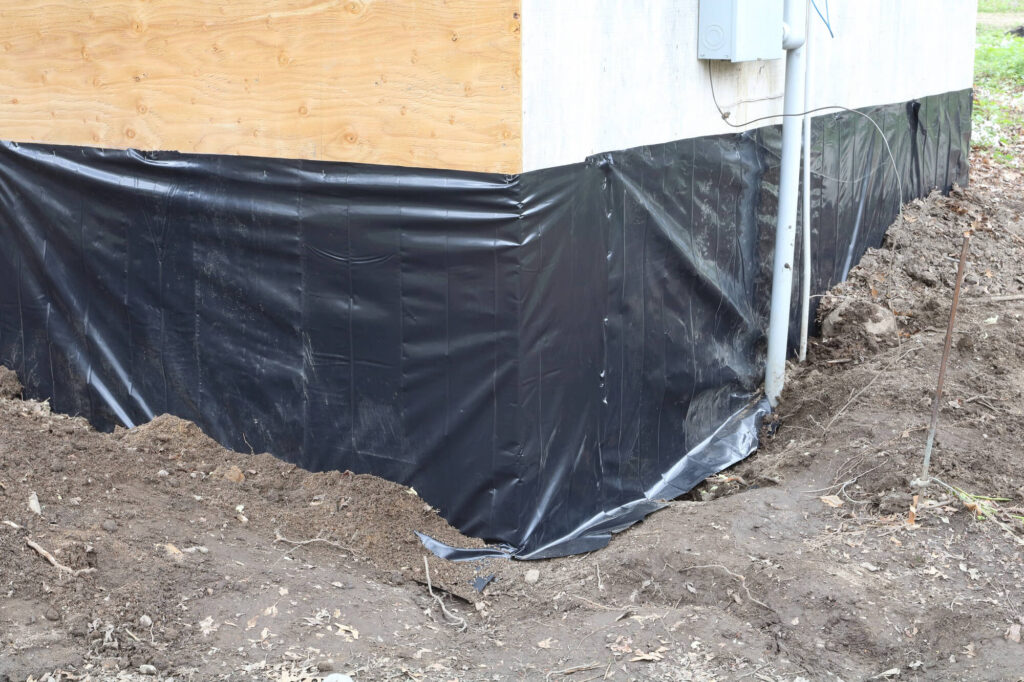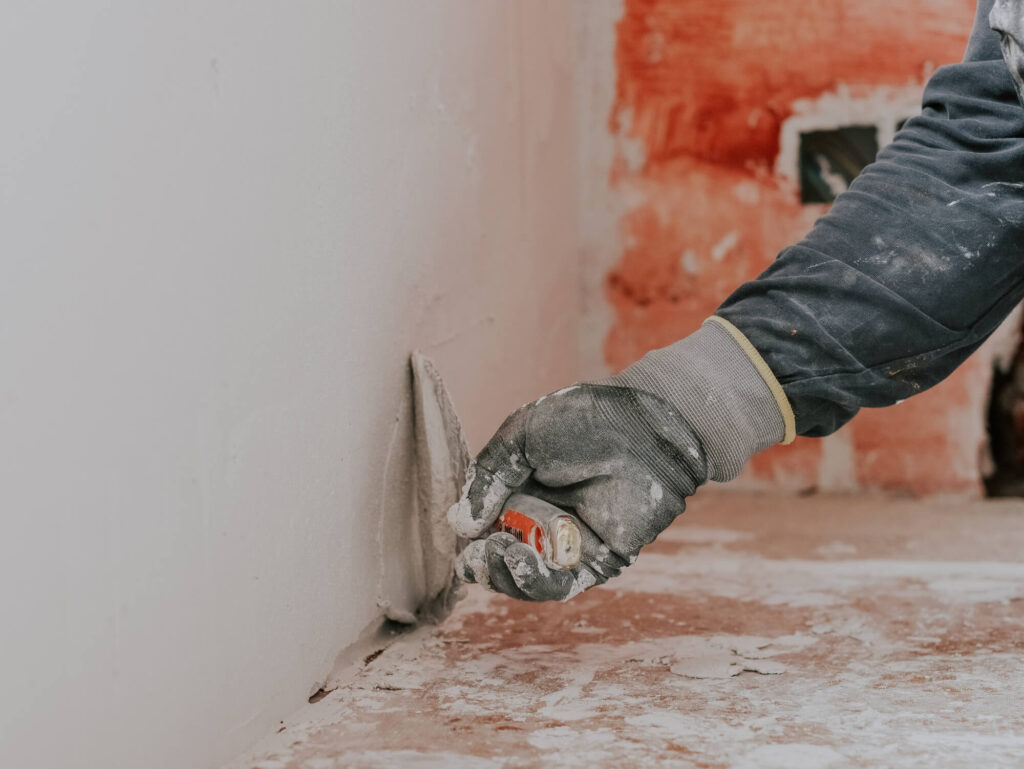Your home’s foundation is the silent support system holding everything together. But in regions like San Antonio, Texas, where seasonal weather extremes are the norm—scorching summers, occasional winter freezes, and unpredictable rainstorms—your foundation can take a serious beating. Ignoring these changes can lead to foundation issues, costly repairs, and even structural damage over time.
Fortunately, with the right seasonal foundation maintenance, you can prevent many problems before they start. Whether your home sits on a concrete slab, pier and beam, crawl space, or basement foundation, we’re here to help you protect your home through every season with this guide.
Why Seasonal Foundation Maintenance Matters
Changes in weather conditions affect the moisture content, soil conditions, and temperature fluctuations around your home. As these variables shift, your foundation responds—often in ways you can’t see until the structural issues become severe and lead to damage.
How Weather Affects Your Foundation
- Extreme heat dries out the soil, causing shrinkage and a drop in moisture levels. This can lead to foundation settlement and cracking.
- Cold temperatures cause materials to contract, especially in homes with basements or pier and beam foundations. Water that freezes near the foundation can result in frost heave or bowing of foundation walls.
- Heavy rain or flooding saturates the soil, increasing hydrostatic pressure on foundation walls and leading to water infiltration, foundation movement, and excess moisture.
In Central and South Texas, expansive clay soils add another layer of difficulty. These soils expand with moisture buildup and contract during dry periods, putting continuous stress on the foundation over time.
Benefits of Seasonal Maintenance
- Prevent minor cracks from turning into major repairs
- Avoid foundation settlement caused by excessive soil shrinkage or water damage
- Maintain balanced moisture levels in the soil
- Identify potential issues early with professional inspections
- Save money and gain peace of mind by avoiding emergency repairs
Foundation Care During Extreme Heat
During dry seasons and hot summers, especially in dry climates like San Antonio’s, the soil around your foundation can dry out quickly.
Here are some best practices to prevent heat or drought from damaging your foundation:
- Maintain consistent soil moisture levels using soaker hoses or drip irrigation systems.
- Water the soil around your home evenly and regularly—balanced watering helps prevent uneven settling.
- Use mulch and landscaping to reduce evaporation and regulate soil temperature.
- Ensure proper drainage to avoid excess water accumulating during summer storms.
For slab foundations, soil movement from dry conditions can cause serious cracks. In pier and beam or crawl space foundations, dry soil can shift piers or allow pest intrusion.
Signs of Heat-Related Foundation Damage
- Cracks in interior or exterior walls.
- Doors and windows sticking or misaligned.
- Gaps between walls and ceilings or floors.
Professional Repair Options
- Foundation watering system installation to help maintain consistent moisture levels.
- Soil stabilization methods to minimize movement in clay-heavy soils.
- Underpinning or pier systems to address settling foundations.
- Schedule a summer or post-heatwave foundation inspection to catch early warning signs.
Foundation Maintenance in Cold Weather
Even in Texas, cold snaps can affect foundations, especially pier and beam homes or those with crawl spaces.
Some proactive steps you can take are:
- Insulate plumbing and exposed foundation areas to prevent freezing.
- Keep indoor heating consistent to reduce extreme temperature shifts.
- Seal foundation cracks before winter to prevent frost heave.
- Monitor crawl space humidity and install vapor barriers if needed.
Warning Signs of Cold-Weather Damage
- Frost heave or uplift in floors or slabs.
- Cracks in concrete slabs or basement flooring.
- Water stains or leakage near the foundation after snow or ice buildup.
Winter Repair & Inspection Tips
- Hire professionals to assess cracks and structural movement.
- Apply waterproof coatings or sealants to protect foundation walls.
- Regular inspections post-winter help identify expansion or contraction damage before it worsens.

Foundation Protection from Heavy Rain and Flooding
Texas weather can change rapidly, and heavy rainfall during spring and summer storms can put your foundation at risk.
Here are some preventive measures for rainy seasons:
- Clean gutters regularly and ensure downspouts direct water at least five feet from the foundation.
- Grade the soil away from your home to prevent water accumulation.
- Install or maintain drainage systems such as French drains or sump pumps.
- Waterproof crawl spaces and basements to prevent moisture buildup and mold growth.
Signs of Potential Water Damage or Signs
- Pooling water near the foundation after rain.
- Mold, mildew, or musty odors in walls or crawl spaces.
- Damp walls, visible water stains, or signs of foundation cracks worsening.
- Rapid or unexplained crack formation.
Professional Water Damage Repair Services
- Crack sealing or injection to block water entry.
- Install drainage systems or downspout extensions to improve runoff.
- Slab lifting or pier and beam repair to correct uneven settling.
- Moisture barrier installation and mold remediation in affected areas.
Year-Round Foundation Care Habits for All Seasons
Consistent monitoring and good habits year-round can make seasonal foundation maintenance easier.
For example:
- Keep tree roots and bushes away from the foundation using root barriers.
- Check for cracks or signs of foundation movement regularly.
- Document seasonal changes like soil shrinkage or excess moisture around the home.
- Schedule annual or seasonal professional inspections for peace of mind.
Every type of foundation—crawl space, basement, pier and beam, or slab—benefits from regular attention and early intervention.
When to Call a Foundation Repair Expert
Some situations call for professional assessment or actual foundation repairs:
- Cracks in walls or uneven floors.
- Sticking windows and doors or visible signs of foundation settlement.
- After a season of heavy rainfall, dry weather, or cold temperatures.
- When buying or selling a home that may have underlying foundation issues.
Before or after extreme weather events, evaluate your foundation for signs of damage.

Why Choose Above All Foundation Repair
At Above All Foundation Repair, we specialize in helping San Antonio and Central Texas homeowners navigate the challenges of seasonal foundation maintenance.
- We understand the effects of expansive clay soils and regional weather patterns.
- Our team performs expert inspections, custom maintenance plans, and full-scale repairs.
- With decades of experience and a commitment to long-term solutions, we’re here to help keep your foundation safe.
- Countless homeowners in San Antonio and beyond trust our honest assessments and reliable service
Protect Your Home Through Every Season
Your foundation faces new risks with every shift in the weather. From dry summers and extreme heat to rainy seasons and colder months, your home’s stability depends on consistent, proactive care.
By following these seasonal foundation maintenance tips—and calling in professionals when necessary—you can avoid long-term damage and costly repairs, whether you’re concerned about foundation cracks, drainage issues, or structural shifts, Above All Foundation Repair is ready to help.
Reach out today to schedule your complimentary estimate and keep your home strong through every season.

